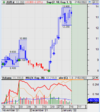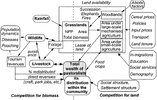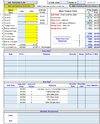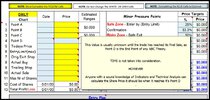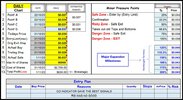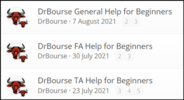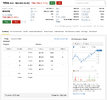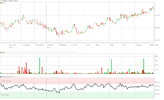Hello all, wondering if anyone can share their TradingView (or other) stock screener settings, preferably for swing trading. Trying to identify leading stocks which are fast movers/highly liquid and the biggest gainers over the past 1, 3, and/or 6 months. I've played around with a few custom settings but still finding it difficult to create a few varieties that work consistently.
I don't expect to find many results in this current market environment, however I'd like to be prepared once we find some stability and enter the next bull market.
Cheers in advance!
I don't expect to find many results in this current market environment, however I'd like to be prepared once we find some stability and enter the next bull market.
Cheers in advance!


